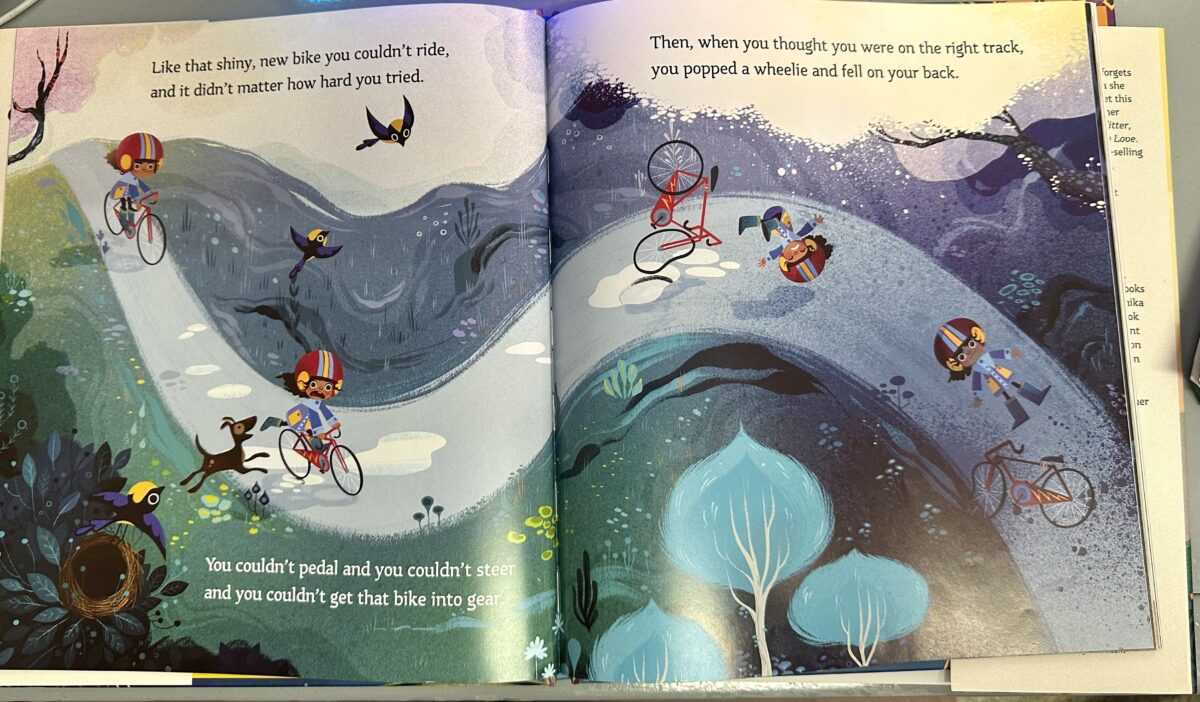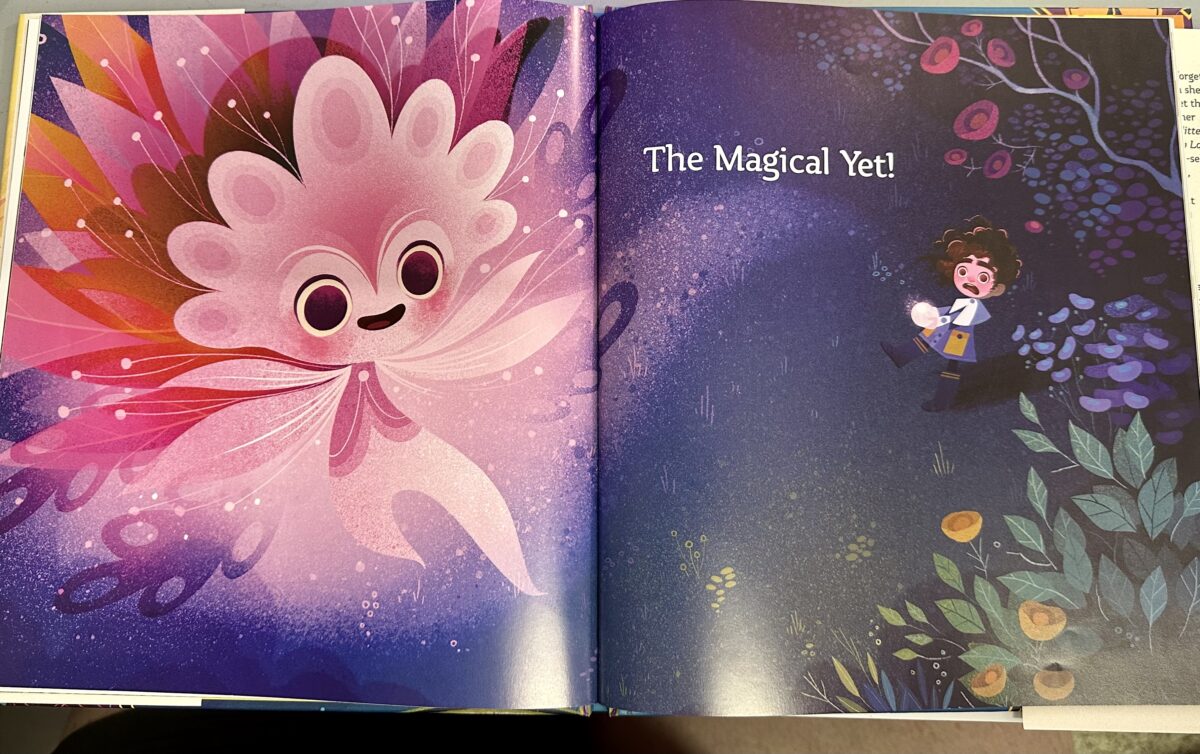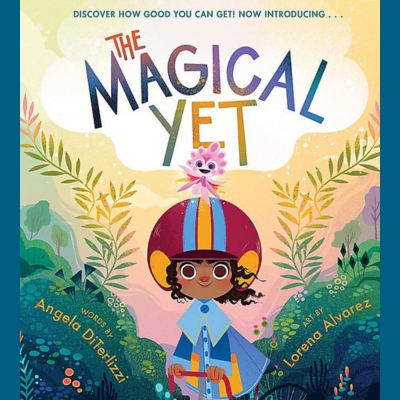Look, it's me!
Unlocking the Power of Persistence and Growth

Review by: Kai

Unlocking the Power of Persistence and Growth
The Magical Yet by Angela DiTerlizzi follows the story of a child who is failing at a variety of tasks but through meeting a magical friend called The Magical Yet, the child develops a growth mindset where she persists and keep working to overcome obstacles. The aim of this story is to create a mindset shift from a thought like “I can’t do it” to a more helpful thought like “I can’t do it YET.”
The book follows a young girl who has just started trying to do a number of activities for the very first time. At the beginning she is unable to do them which makes her feel upset: “There are days when your dreams haven’t come true, or you’re upset by the things you can’t do”. Then she meets the magical friend called The Magical Yet. The word “yet” symbolizes the powerful realization that some things are worth waiting for, and those things take work and that you may not be able to do a particular thing yet but you will through effort plus determination. The book ended with the girl succeeding in those things that she had struggled with in the beginning.

This book was amazing in a lot of ways. The illustrations were beautiful, and it made the text in the book come to life with vibrant illustrations of the characters and their backgrounds that complemented the author’s writing so well. The writing was simple and clear, and the plot was engaging from beginning to end, with the new magical character adding a sense of hope and delight to the story.
The message at the heart of the book was important and very useful for children and indeed people of any age. The book communicated to children that it is okay to fail at a particular task and that you don’t have to be perfect when you start something new – if you try new things in their life, it is okay not to be amazing at it. This book beautifully dispels the myth that to achieve success, you need to have naturally born talent. This book gives a wonderful message that determination, hard work and continuing to give things a go leads to success.
The book’s main point to change an individual’s thought processes from words like “I can’t do this” to more helpful and encouraging thoughts like “I can’t do this yet” is quite a sophisticated message about thinking processes that very young children might find hard to grasp. The book might be best suited to early primary school age children who could better understand the meaning underlying the story. Perhaps there could have been a page at the end that showed children examples of different sentences that could be changed by putting the simple but powerful word “yet” onto the end of the sentence?
When I read this book to a small group of 3–4-year-olds at a childcare centre where I work, the 4-year-olds loved the book more than the younger children. This may be because three-year-olds have a shorter attention span in general and the book was a bit too long for them to concentrate. Both age groups said that they loved the story, the pictures and the character “The Magical Yet”.
This book did not include representation of children with disabilities and in one part of the book there was the assumption that all children could do certain activities such as walk (“how you crawled before you could walk”) or ride a bike (“like that shiny new bike that you couldn’t ride”). In my view, this does not take anything away from the message of the book and the reader will understand that most people have learnt and are capable of walking and that other skills need to be learned too. The analogy “Or how you crawled before you could walk” is useful for most people because the act of walking took time to learn but that they did it in the end.

Overall, this is a beautifully crafted book that could be given to children aged 4 to 11 and the underlying message should be introduced to everyone regardless of their age. The illustrations worked nicely with the words and the plot was beautifully developed and engaging all the way through due to The Magical Yet character woven into the story. I would rate this 9/10 and will definitely have one on my bookshelf to share with others.


